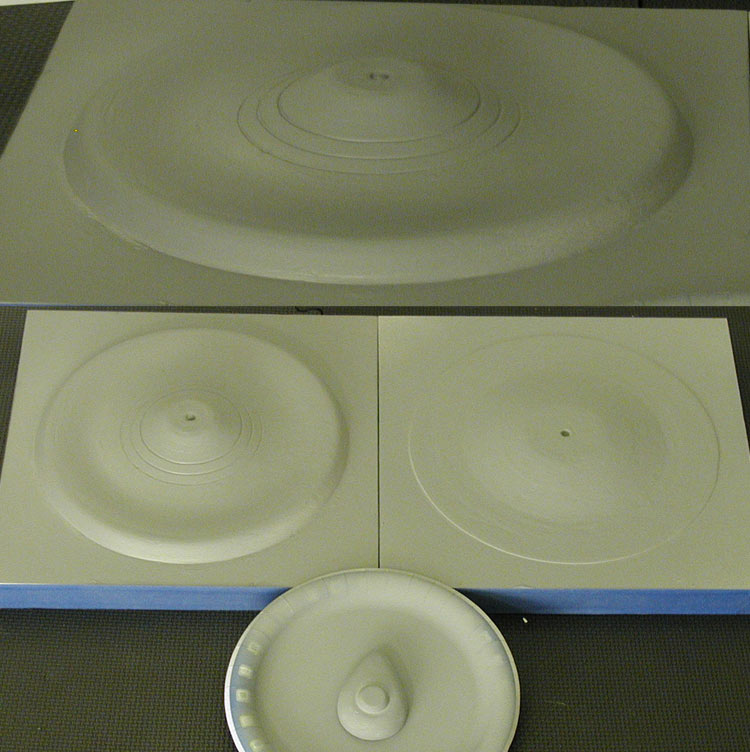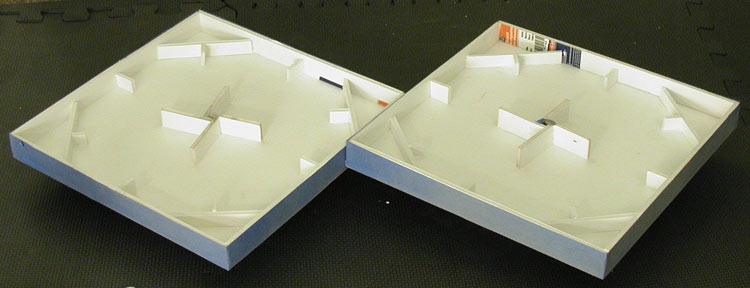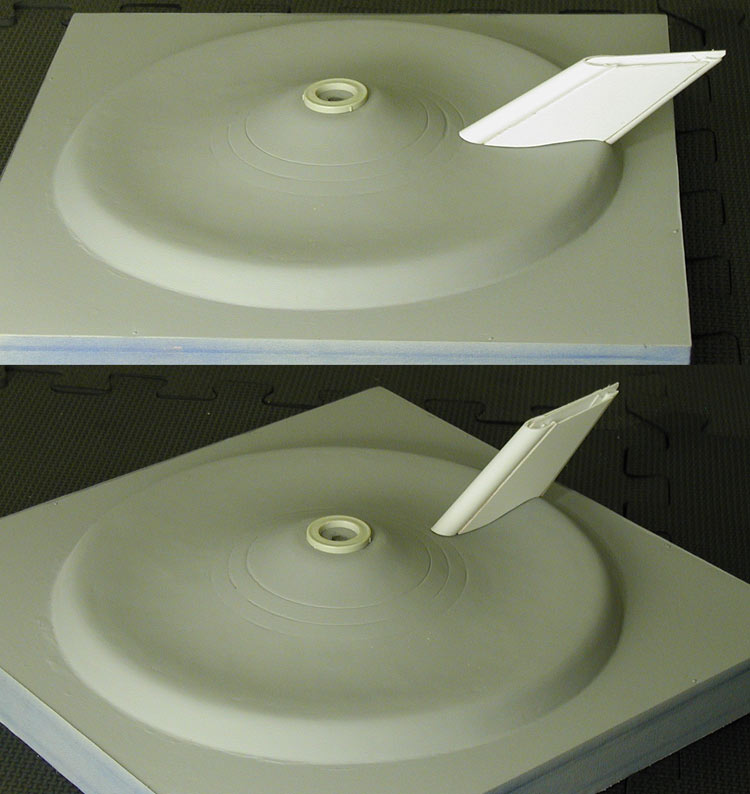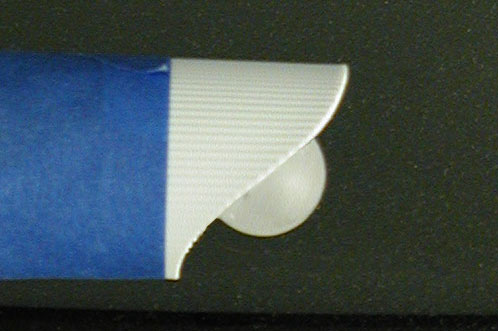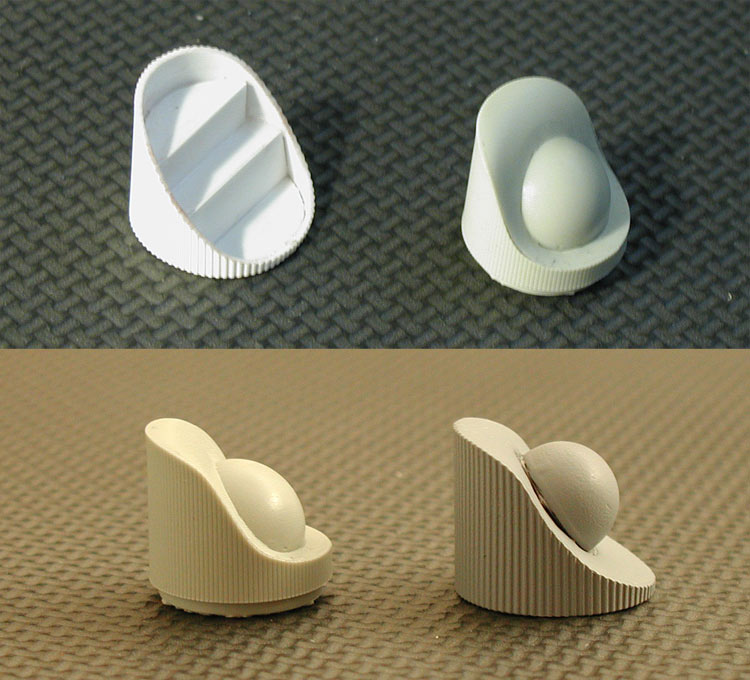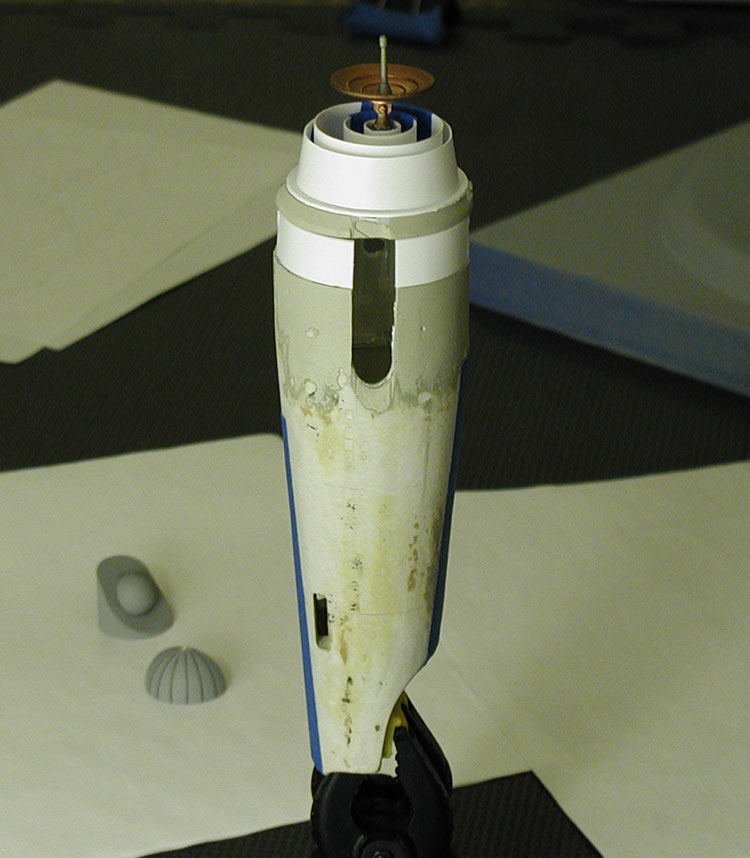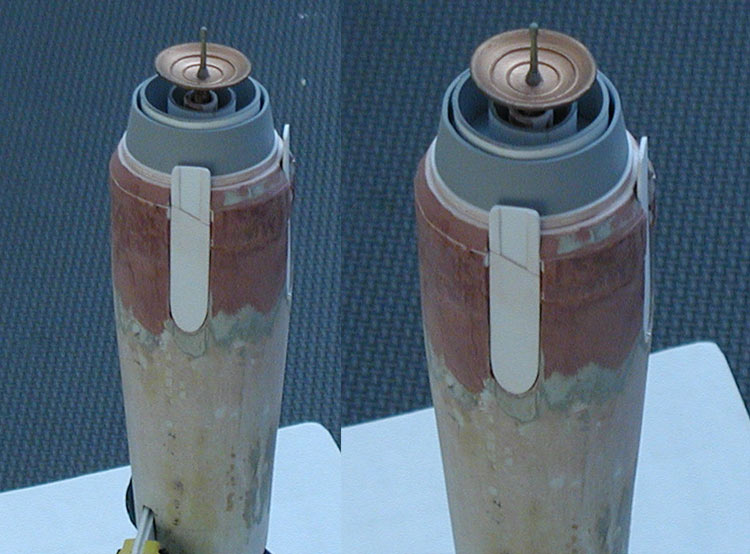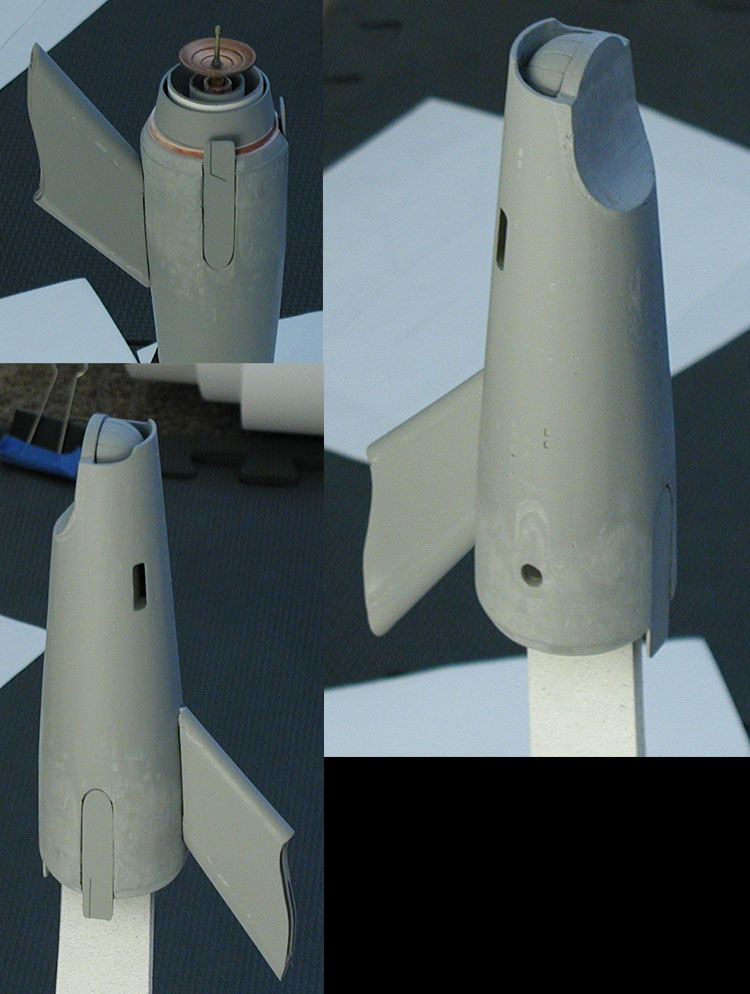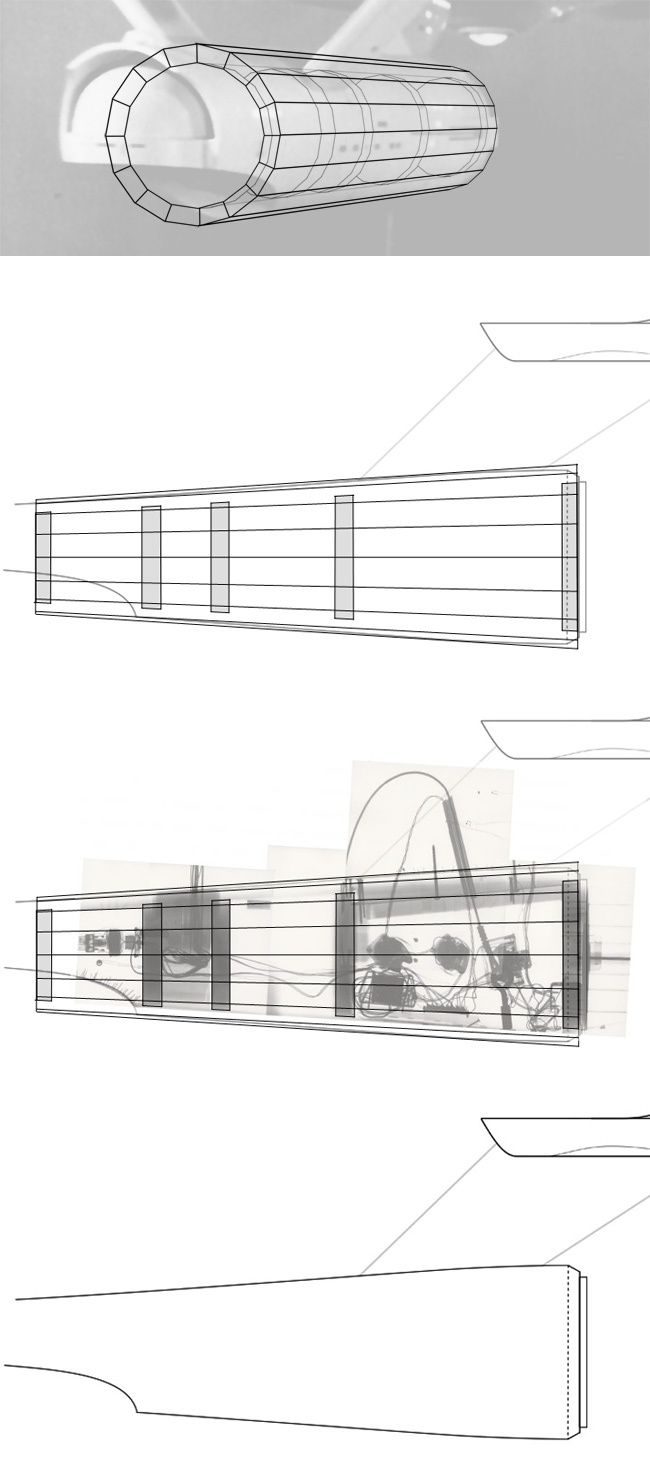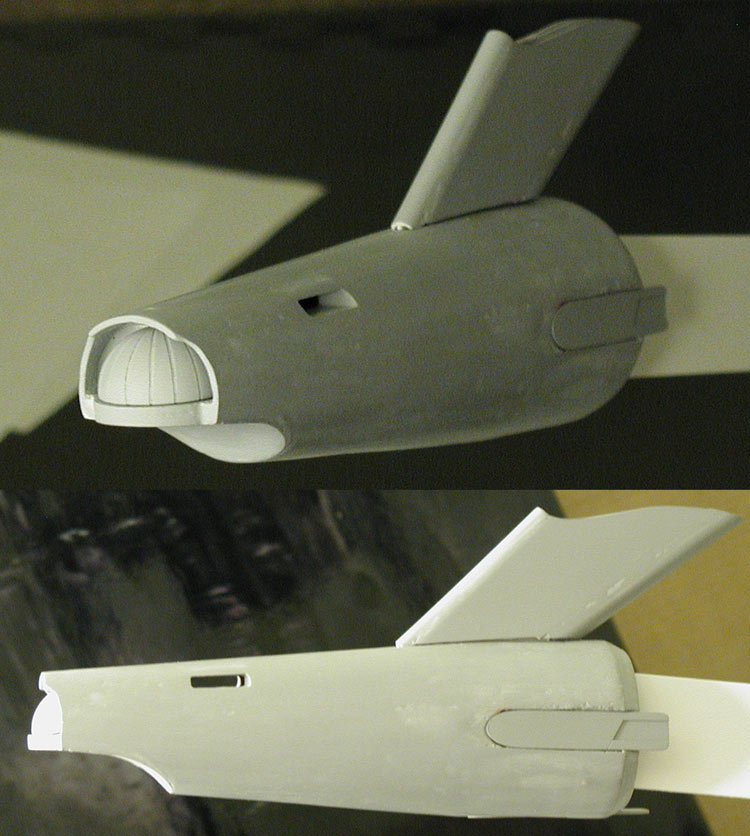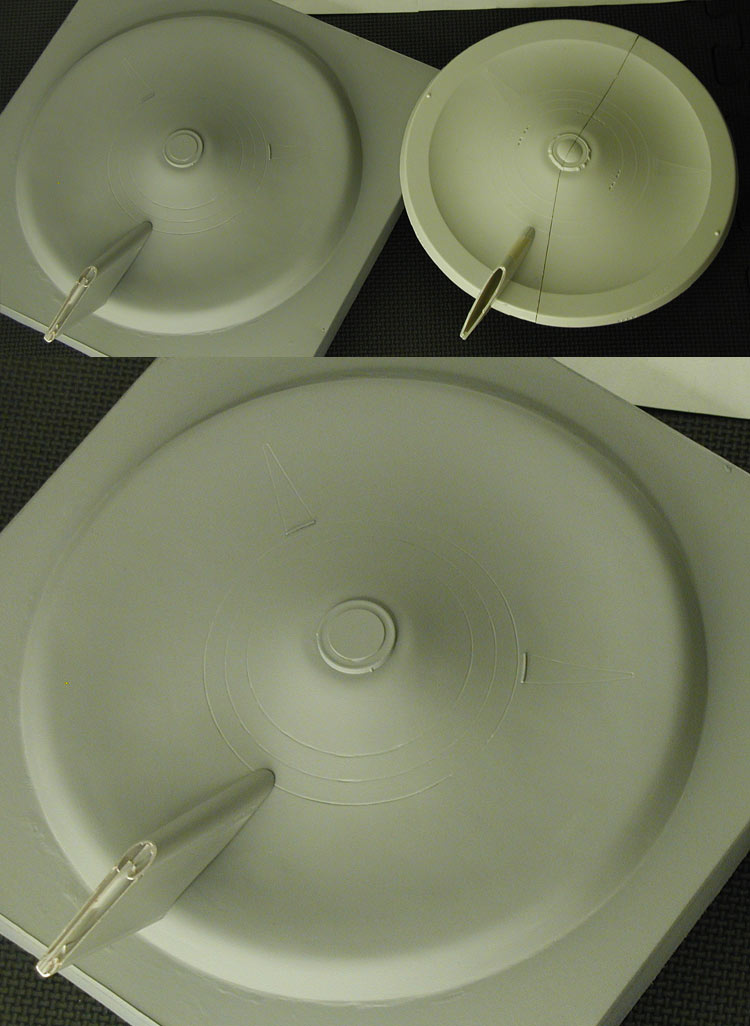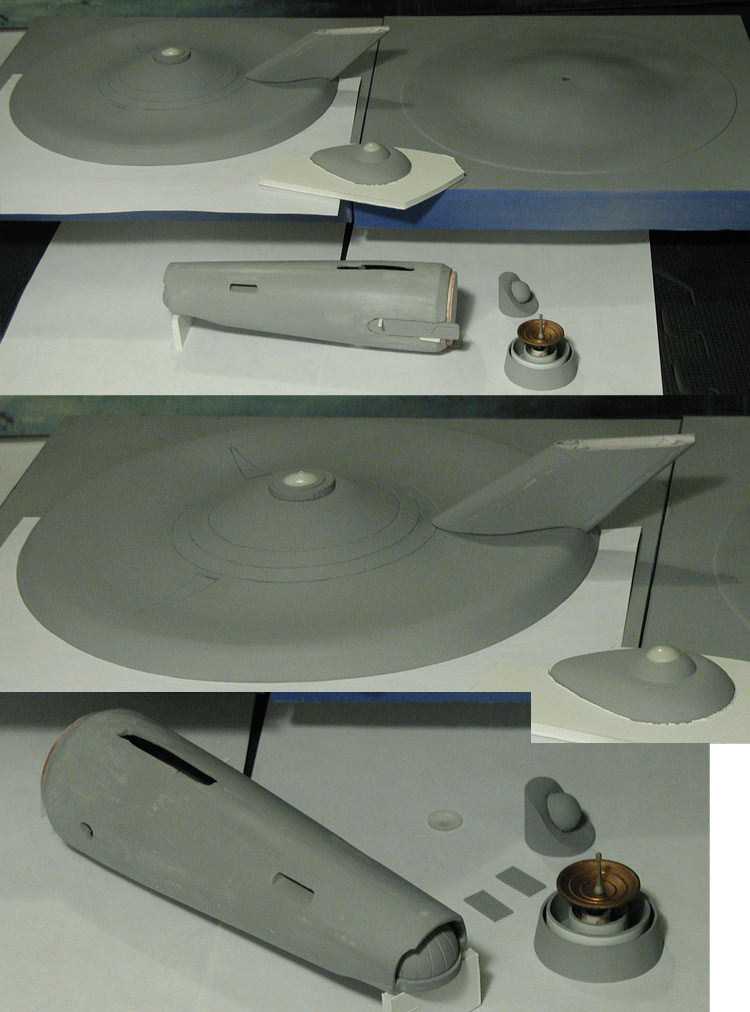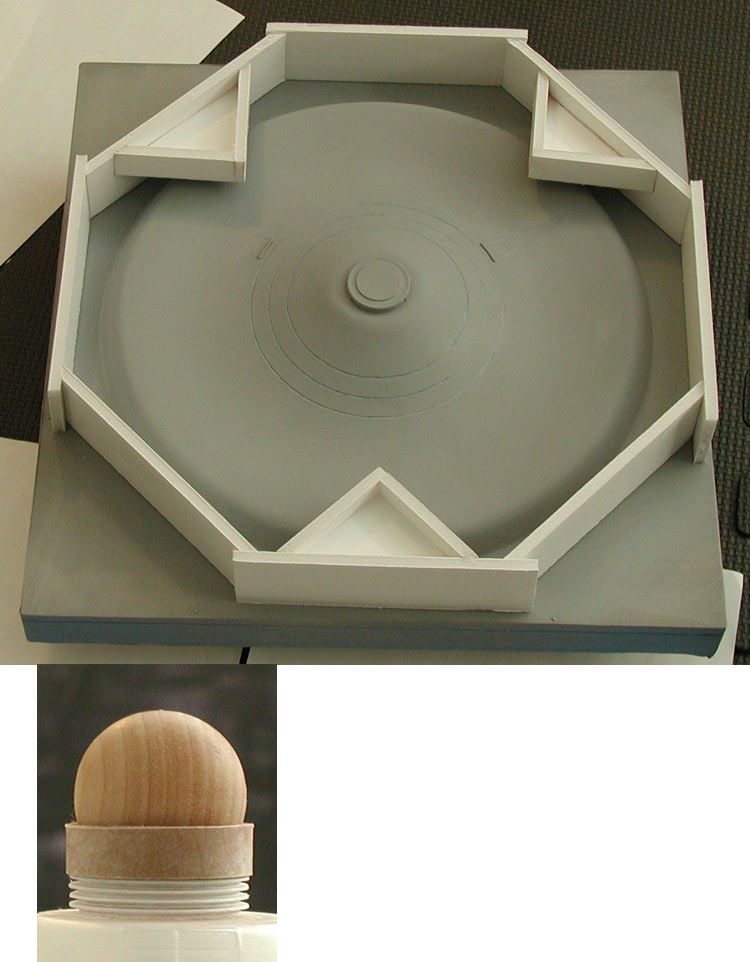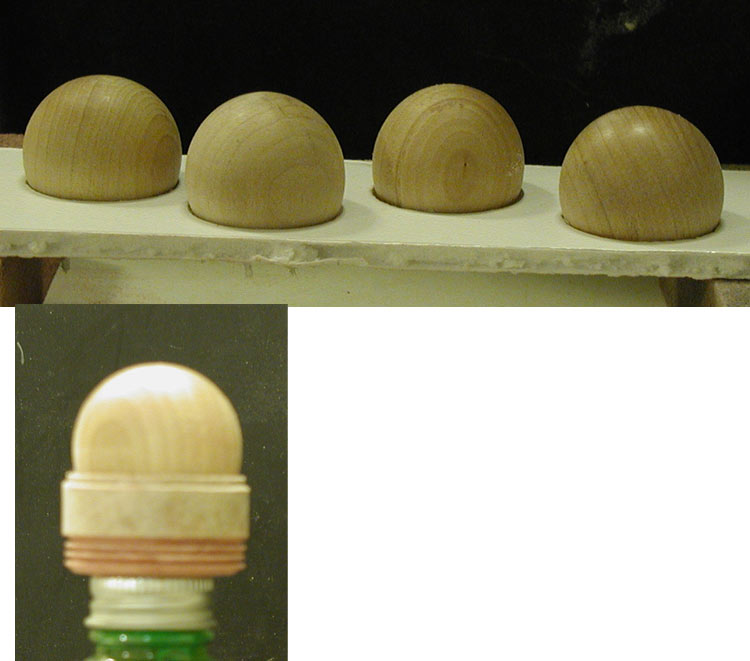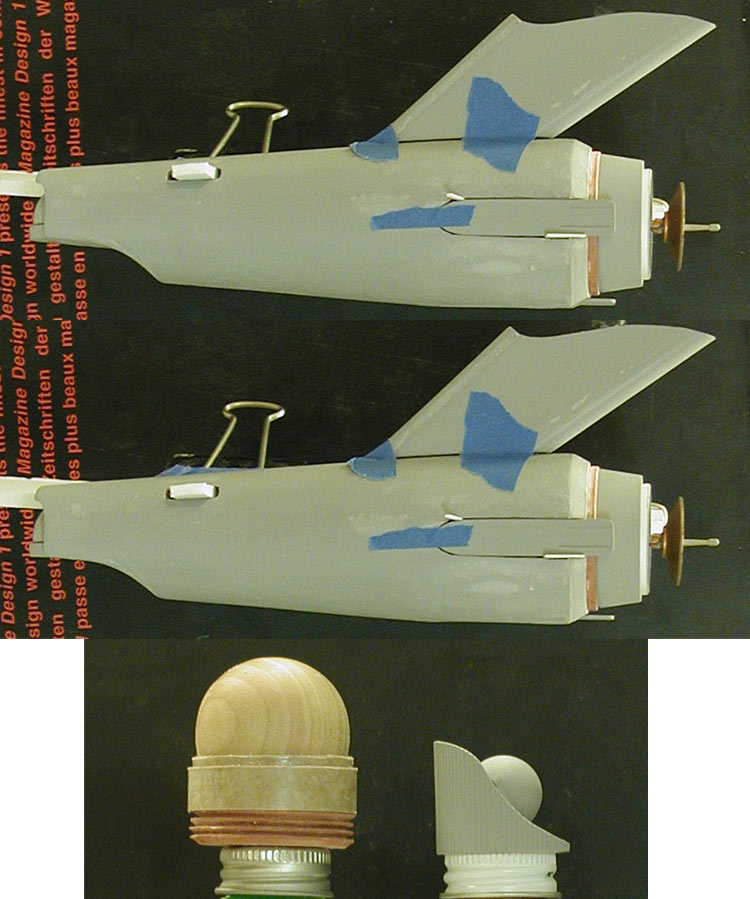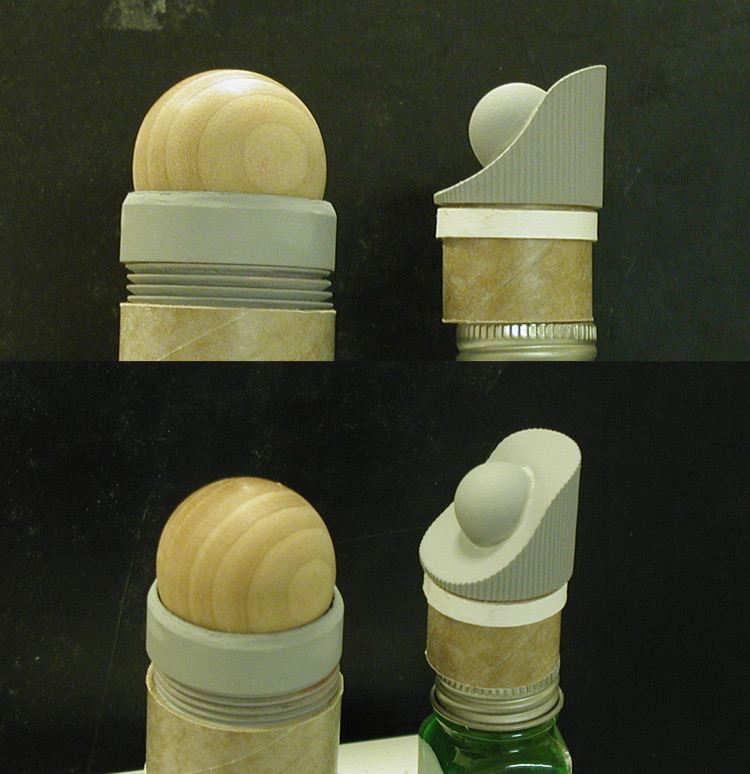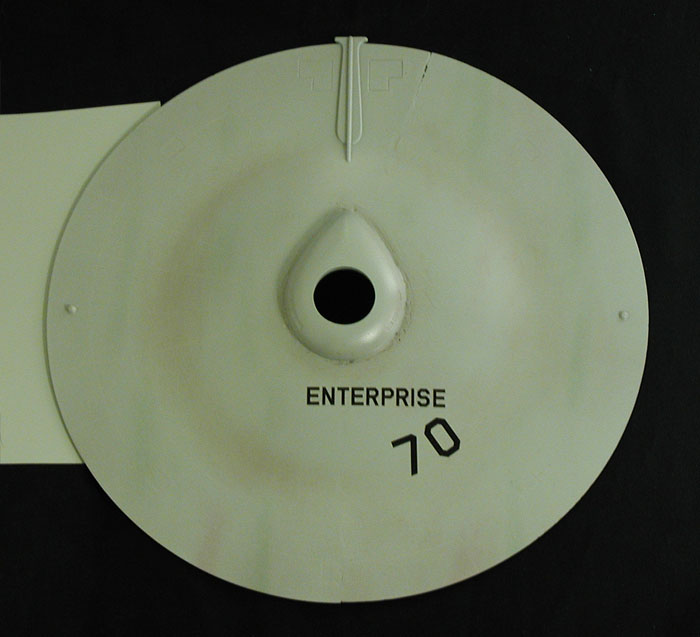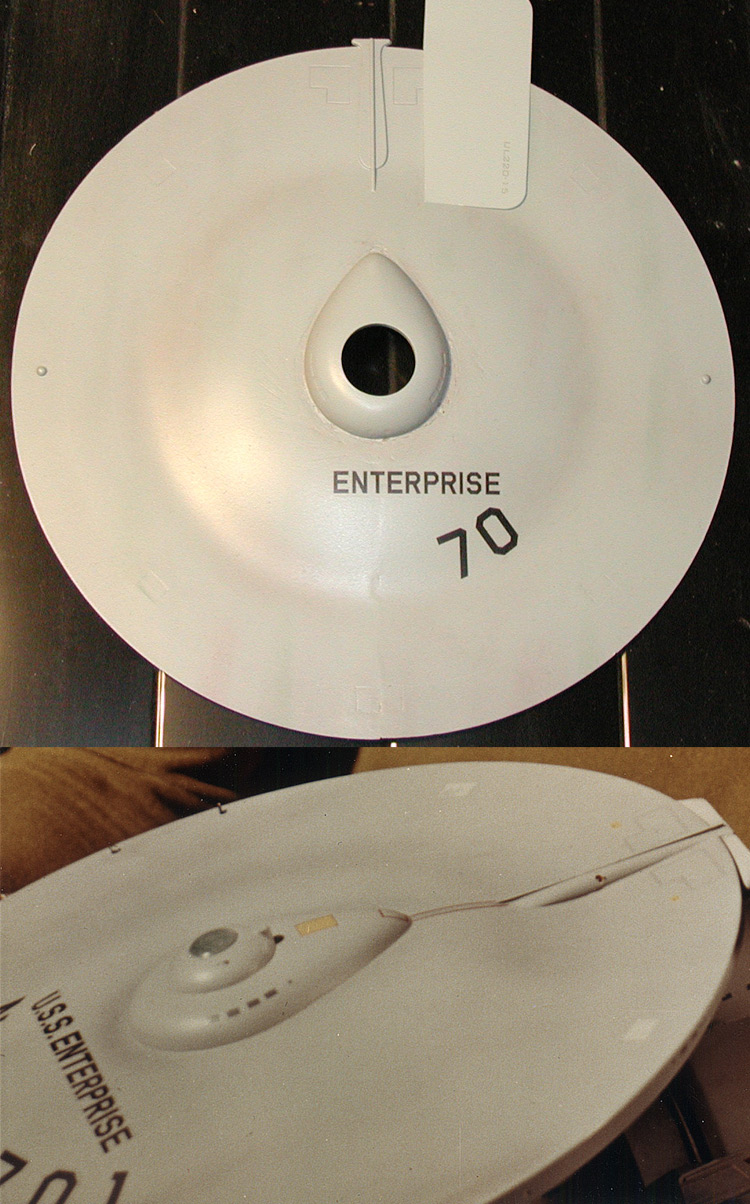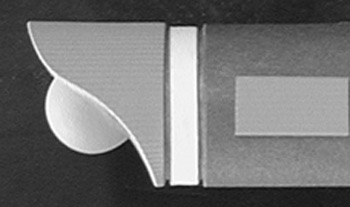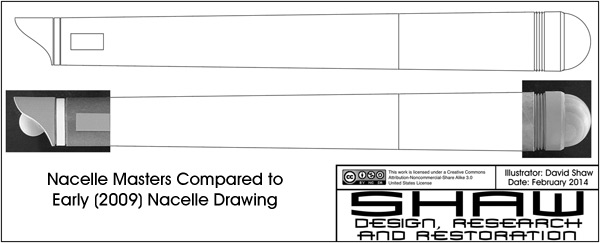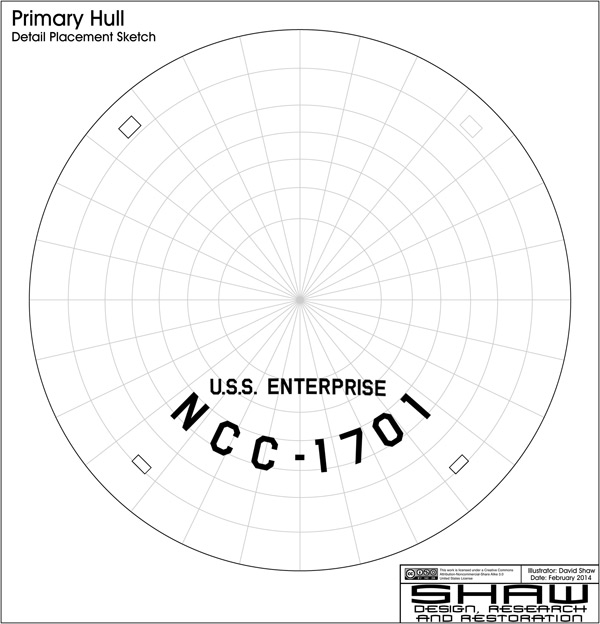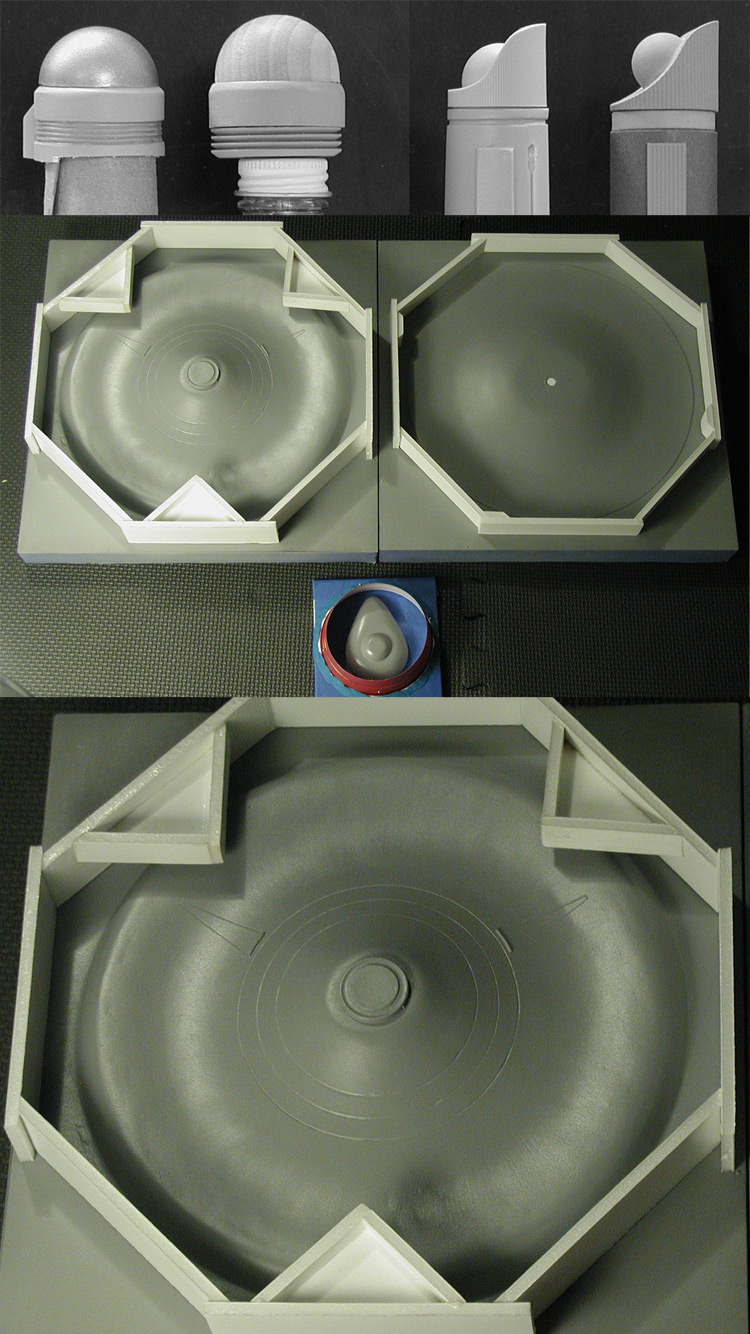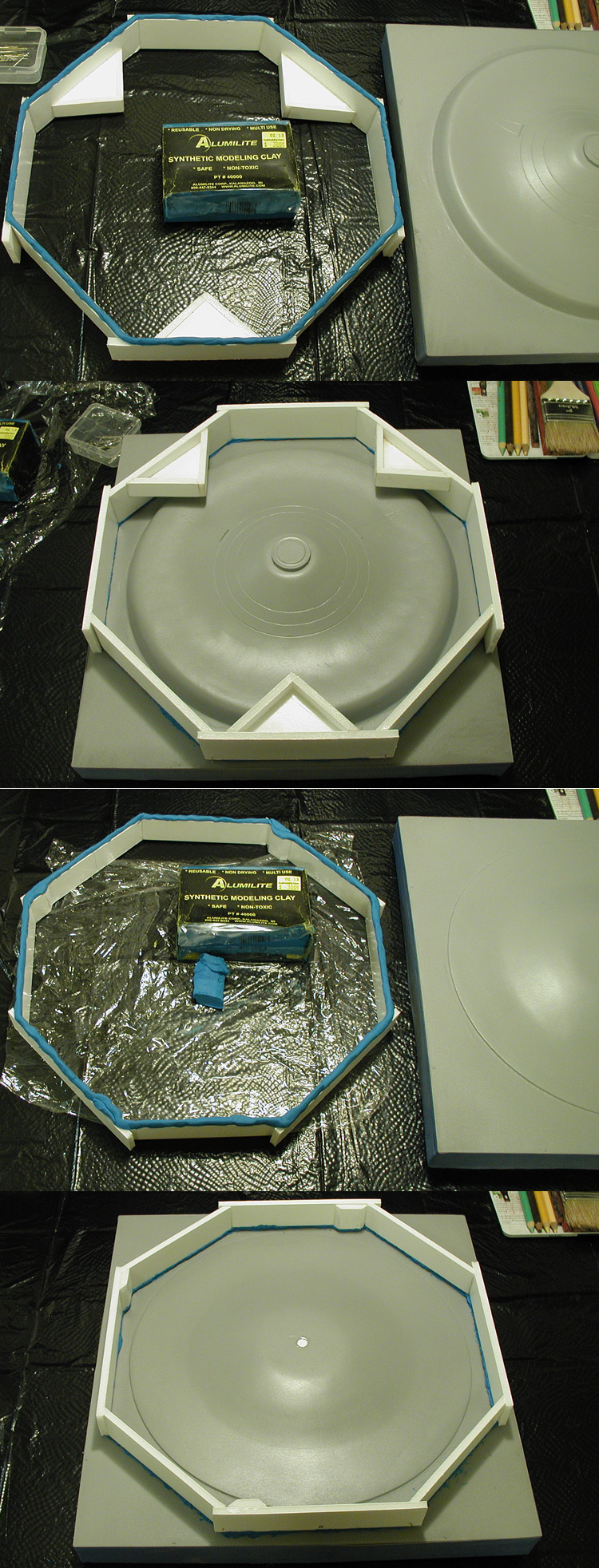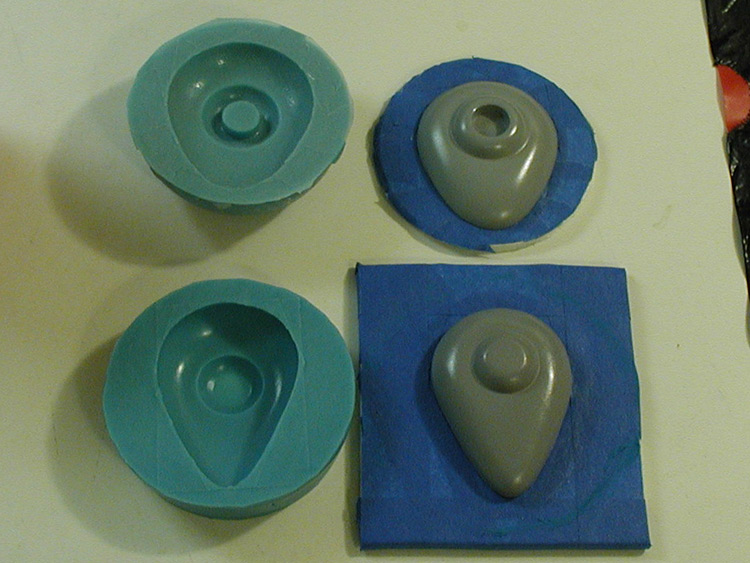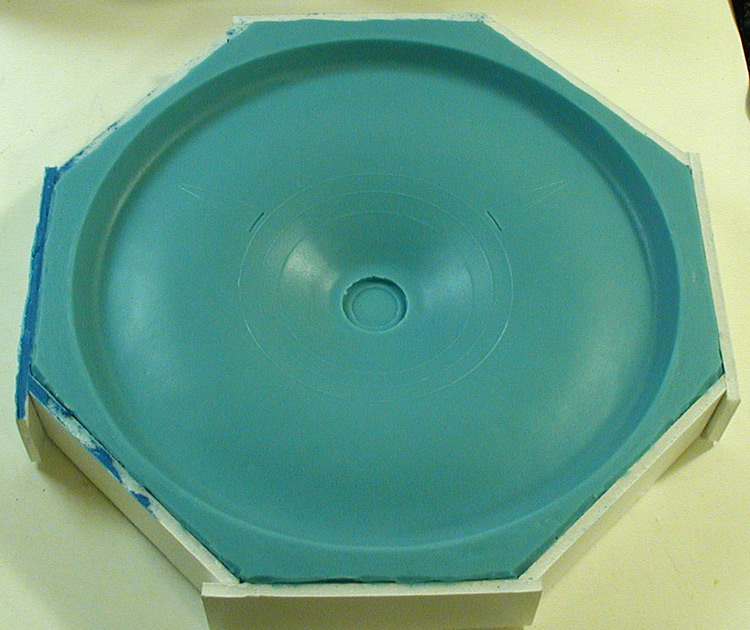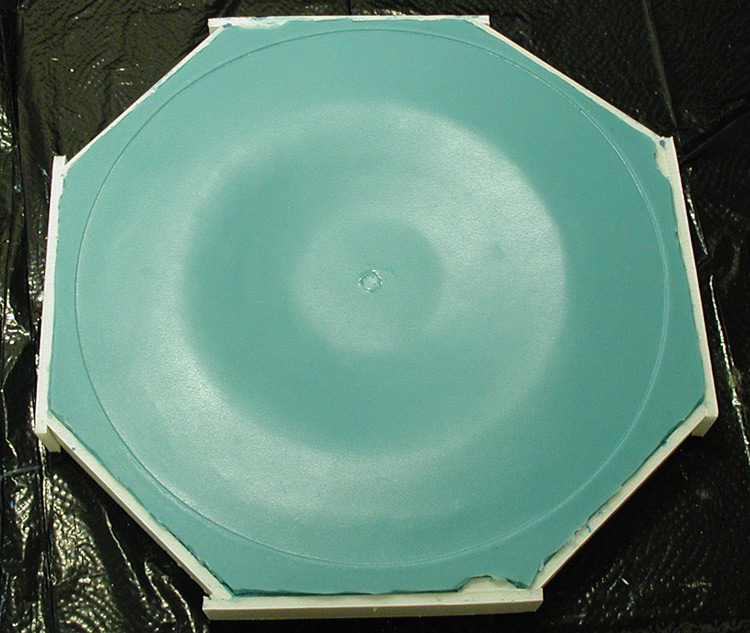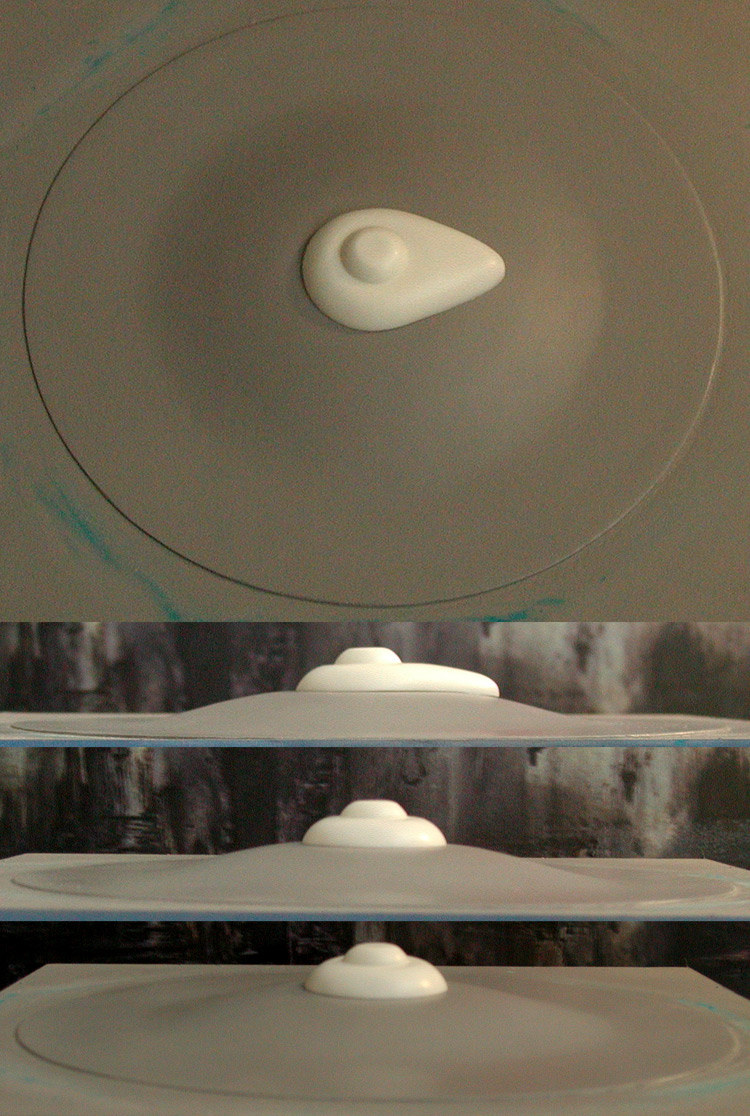Shaw
Well-Known Member
I'm building a one-sixth studio scale (or about 1/500th scale) model of the 11 foot Enterprise. This model will be similar to my Phase II Enterprise model in that it will be a study model for a set of plans of the 11 foot studio model as a model. Also, this model will be similar to my Phase II Enterprise model in that it will include (at a slightly smaller scale) techniques I'll be planning on using when building my one-to-one scale replica of the 33 inch Enterprise (which I'll most likely rent a garage to build that one in next spring).
So what will be different about this model (and the plans) from other models (and plans) of the Enterprise?
This model will be intended to show what the studio model looked like from the blue screen side while it was being filmed for TOS. I'm planning on documenting (and replicating) what was (and wasn't) there on the side we didn't see in TOS (and was painted over by the first Smithsonian restoration).
What will be used for plans?
Back in 2009 I started working on a set of plans for the 11 foot model (primarily in it's first pilot configuration). Even after I put that project on hiatus, I continued to make notes and refine the contours. I plan on using those elements as a starting point and using the building of the model to help bring together a set of plans. What I'll most likely do is a generalized set of plans to start with and then address the specifics of the first pilot, second pilot and series configurations... though maybe not as a single set of plans when released (most likely a set of plans for each configuration). These plans may not be good for those wanting drawings of the idealized fictional starship Enterprise, but for those interested in the actual physical artifact, these plans should at least be entertaining.
And lets get started...
Right off the bat I started collecting together the things I would need to do this build...
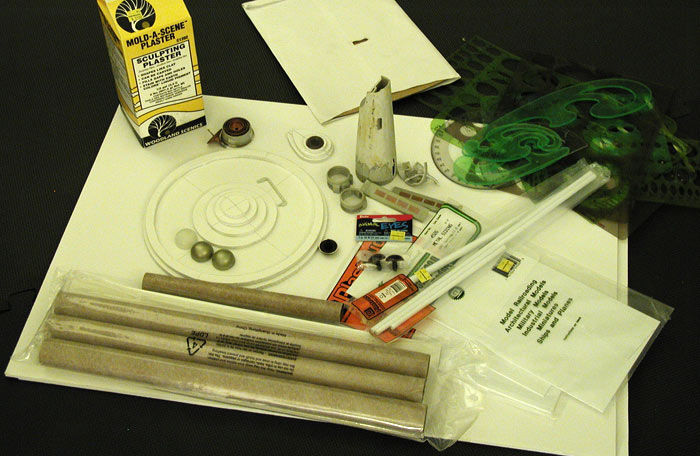
The primary hull is to be based on my contour studies of the 11 foot studio model, so it'll be fully scratch built. To do this I'll be turning the shapes out of hydrocal, getting the surface to the state I want, including engraving some elements, and then using that as a master. To do the turning I built two scree boxes and started adding foamcore board approximations of the shapes to them. I also started in on the bridge/B/C deck structure.
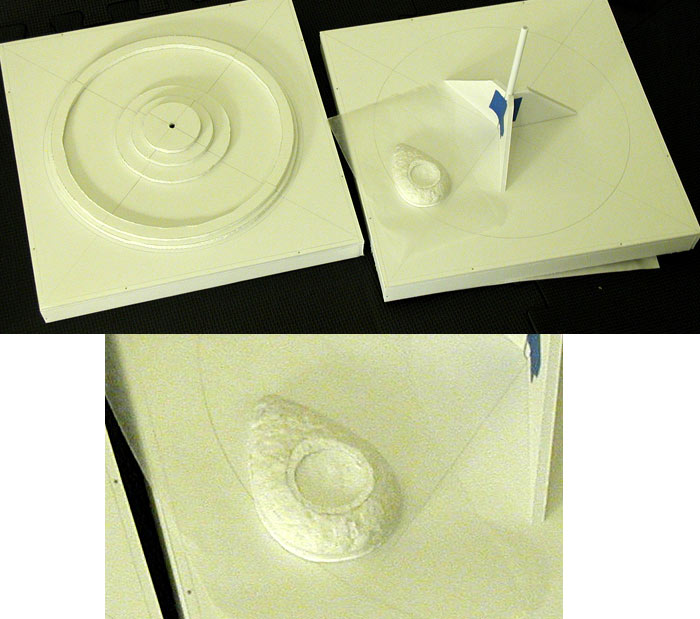
Put a little more time into the scree boxes and sculpting the bridge/B/C deck structure.
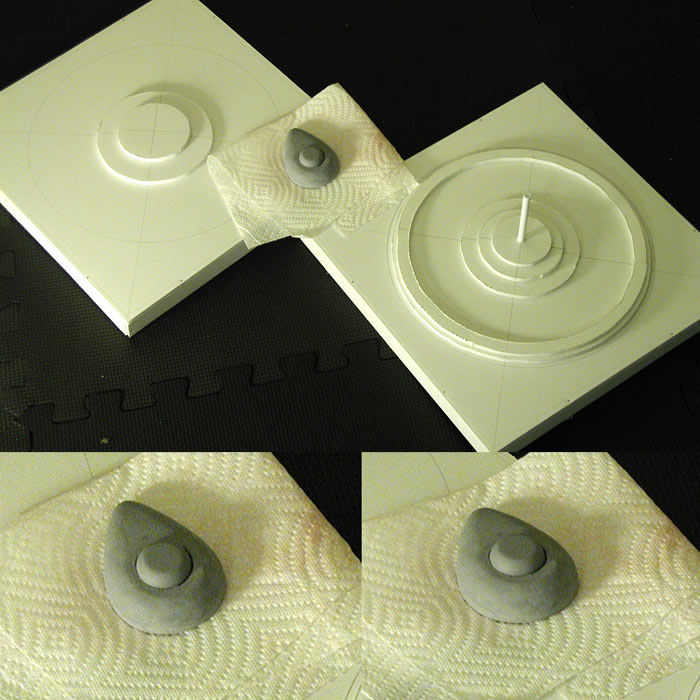
Below are images of the first two steps in turning the lower primary hull. Also, because the bridge/B/C deck structure hangs over the slope of the top of the primary hull, I built the master about a third taller than it needed to be. The final part will get trimmed down to the correct height and shape. Still, I lowered the master in a sheet of foamcore board to show the approximate look of the final part.
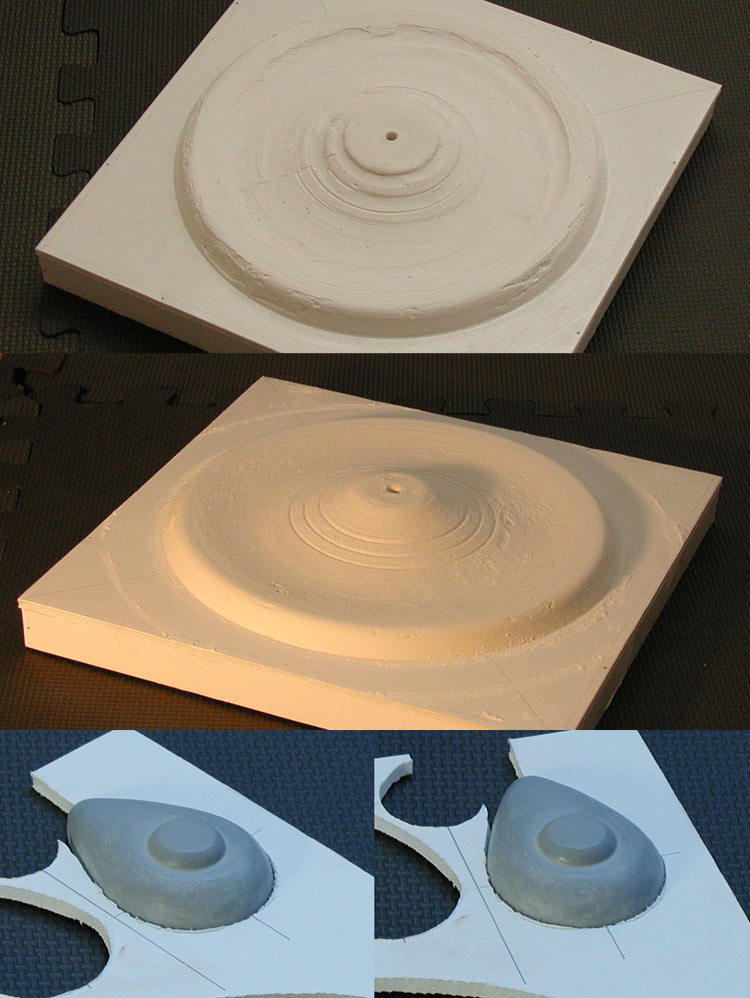
Started in on the upper primary hull and continued to work on the surface of the lower primary hull.
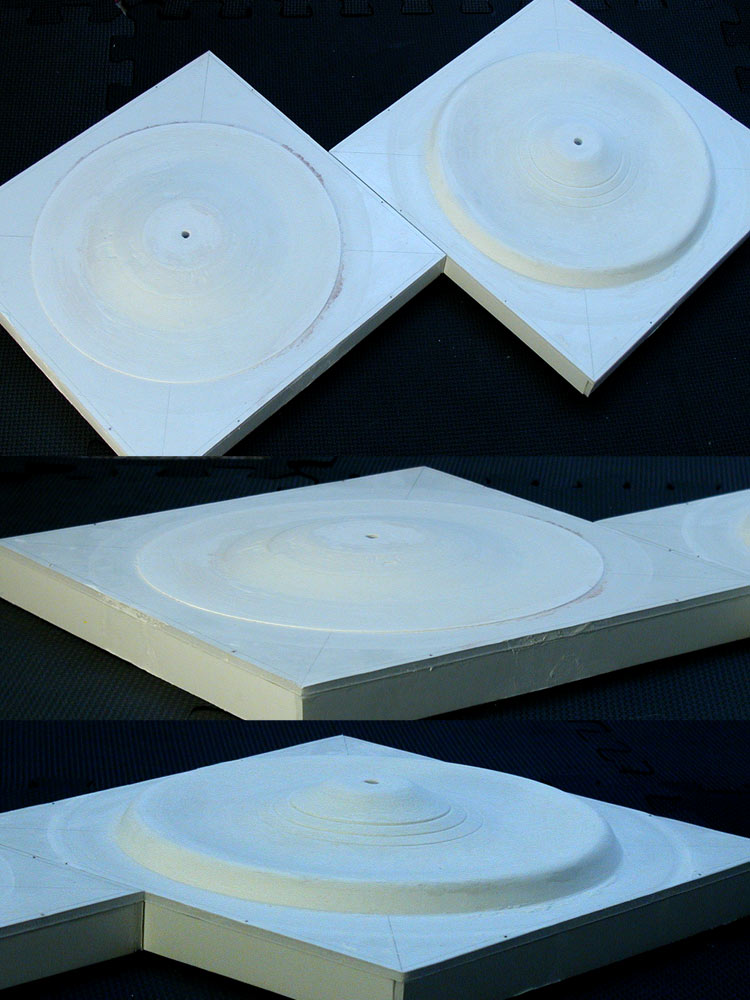
And that is about where I'm at so far. I'm moving quickly on this because I'm wanting to make a bunch of silicon molds of key parts all at the same time... including some parts I need for my Phase II Enterprise.
So what will be different about this model (and the plans) from other models (and plans) of the Enterprise?
This model will be intended to show what the studio model looked like from the blue screen side while it was being filmed for TOS. I'm planning on documenting (and replicating) what was (and wasn't) there on the side we didn't see in TOS (and was painted over by the first Smithsonian restoration).
What will be used for plans?
Back in 2009 I started working on a set of plans for the 11 foot model (primarily in it's first pilot configuration). Even after I put that project on hiatus, I continued to make notes and refine the contours. I plan on using those elements as a starting point and using the building of the model to help bring together a set of plans. What I'll most likely do is a generalized set of plans to start with and then address the specifics of the first pilot, second pilot and series configurations... though maybe not as a single set of plans when released (most likely a set of plans for each configuration). These plans may not be good for those wanting drawings of the idealized fictional starship Enterprise, but for those interested in the actual physical artifact, these plans should at least be entertaining.
And lets get started...
Right off the bat I started collecting together the things I would need to do this build...

The primary hull is to be based on my contour studies of the 11 foot studio model, so it'll be fully scratch built. To do this I'll be turning the shapes out of hydrocal, getting the surface to the state I want, including engraving some elements, and then using that as a master. To do the turning I built two scree boxes and started adding foamcore board approximations of the shapes to them. I also started in on the bridge/B/C deck structure.

Put a little more time into the scree boxes and sculpting the bridge/B/C deck structure.

Below are images of the first two steps in turning the lower primary hull. Also, because the bridge/B/C deck structure hangs over the slope of the top of the primary hull, I built the master about a third taller than it needed to be. The final part will get trimmed down to the correct height and shape. Still, I lowered the master in a sheet of foamcore board to show the approximate look of the final part.

Started in on the upper primary hull and continued to work on the surface of the lower primary hull.

And that is about where I'm at so far. I'm moving quickly on this because I'm wanting to make a bunch of silicon molds of key parts all at the same time... including some parts I need for my Phase II Enterprise.

